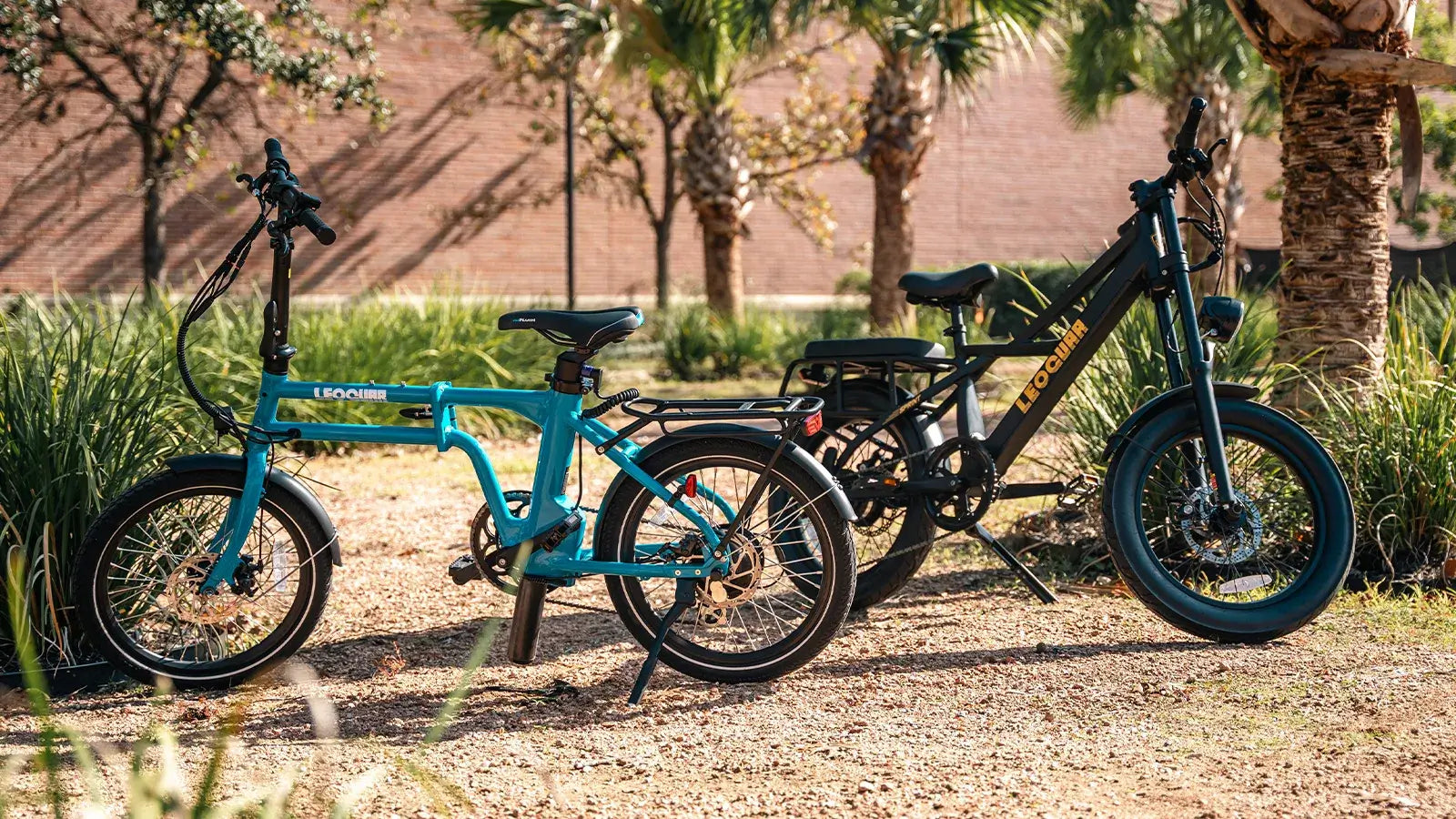
Why Your Battery Dies So Fast: Electric Bicycle Battery Mistakes to Avoid
You bought an electric bike for freedom, fun, and easier trips to work. But now you keep looking at the battery meter, feeling worried about running out of power. You wonder if you'll make it home before the battery dies completely. Why does your e-bike battery drain so quickly? It's a problem that happens to many riders. We will show you exactly why this happens and how to fix it step by step.
In this guide, we'll explain the most common mistakes that hurt your battery life and reduce how far you can ride. More importantly, we'll give you simple steps to fix these problems, covering both obvious mistakes and hidden issues you might not know about.
Major E-Bike Battery Mistakes
We'll start with the five biggest mistakes users make. Fixing these habits will help your batteries for electric bicycles last longer and go farther each day.
Your Charging Habits
How you charge your battery affects its health more than anything else. Lithium-ion batteries in modern e-bikes don't like extremes - charging to 100% every time or letting them die completely puts stress on the battery parts. Think of it like a sweet spot where your battery feels most comfortable.
For the best battery life, try to keep your charge between 20% and 80% most of the time. As experts explain about how lithium-ion batteries degrade over time, this middle range puts less stress on the inside parts.
What to do instead:
- For daily rides, stop charging when the battery reaches 80-90%.
- Only charge to 100% right before long trips when you need maximum range.
- Don't leave the battery plugged in for days after it's full, even though the safety system prevents damage.
- Don't let the battery die completely - if you get home with less than 20%, charge it up a bit.

Using the Wrong Charger
It might seem smart to buy a cheap replacement charger online, but this is very dangerous. Your e-bike charger is made to work safely with your specific battery system.
A cheap charger might not have the right power level or safety features, which could overheat your battery, damage it forever, or even cause a fire. Always use the original charger that came with your bike. Also, never charge your battery overnight without watching it, and keep it on a hard surface away from anything that can burn, following official safety recommendations.
Incorrect Battery Storage
If you're storing your e-bike for winter or won't ride for more than a few weeks, how you store the battery matters a lot. The biggest mistakes are storing it fully charged or completely empty.
Both put constant stress on the battery parts. A full battery breaks down faster over time, while an empty battery might never work properly again.
What to do instead for long storage:
- Charge or drain the battery to 40-60% before storing it.
- Take the battery off the bike and store it inside at room temperature.
- Check the charge level every month or two and top it up to 40-60% if needed.
Ignoring Temperature Extremes
Heat and cold are major enemies of batteries for electric bicycles. Hot temperatures cause damage that can't be fixed - leaving your battery in a hot car can permanently reduce how much power it can hold. The chemical reactions inside speed up when hot, making the battery wear out faster.
Cold weather works differently. It usually doesn't cause permanent damage, but it will greatly reduce how far you can ride on one charge. When a battery is cold, the reactions inside slow down, making it harder to deliver power.
What to do instead:
- Always store your battery inside at a steady room temperature.
- If you must ride in cold weather, start with a fully charged battery that's been stored indoors.
- Let a cold battery warm up to room temperature before charging it, as charging a frozen battery can cause permanent damage.
Physical Neglect and Water
Your e-bike battery is tough but sensitive equipment. The metal contacts on the battery and bike must stay clean and dry - dirt or rust can create poor connections that cause power loss or charging problems.
Dropping the battery can damage the inside parts or safety systems, creating danger. Most batteries for electric bicycles resist water but aren't waterproof, so never use a pressure washer on your bike and avoid getting the battery completely soaked. If you get caught in heavy rain, remove the battery afterward, dry it off, and make sure the contacts are completely dry.
| Action | Do | Don't |
|---|---|---|
| Daily Charging | Aim for an 80-90% charge. | Charge to 100% every single time. |
| Long Rides | Charge to 100% just before the ride. | Leave it on the charger for days on end. |
| Low Battery | Recharge as soon as possible if below 20%. | Routinely let the battery die completely. |
| Long-Term Storage | Store at 40-60% charge level. | Store it fully charged or completely empty. |
| Storage Location | Store indoors at room temperature. | Leave it in a hot car or a freezing garage. |
| Charging Safety | Use the original manufacturer's charger. | Use a cheap, uncertified third-party charger. |
Subtle E-Bike Range Killers
Beyond the major mistakes, several hidden factors can quietly drain your battery and shorten your rides. These invisible problems can be fixed once you know about them.
Your Riding Style
How you ride greatly affects battery use. Think of your e-bike's throttle or high-assist modes like a gas pedal in a car - hard acceleration from stops uses huge amounts of power.
Stop-and-go city riding drains much more battery than steady cruising on bike paths. Using the highest assist level all the time is fun but makes the motor do all the work, using energy at the fastest rate. In our tests, using Eco or Tour mode and accelerating smoothly gave us about 30% more range than using Turbo mode aggressively from every stop.
Correct Tire Pressure
This is the most overlooked and easiest fix for poor range. Under-inflated tires are squishy and create more contact with the ground, increasing friction and making the motor work much harder. Check your tire pressure at least once a week with a proper gauge. The recommended pressure range is printed on your tire's sidewall - keeping tires inflated to the upper end of this range will give you an instant boost in efficiency and range.
The Weight You Carry
Physics can't be changed - more weight means more energy use. This includes your body weight and any cargo you're carrying like backpacks, child seats, or touring bags. While you can't change your weight overnight, being smart about unnecessary cargo helps. If you don't need that heavy lock or extra water bottle for a short trip, leave it home - every pound counts.
Neglected Bike Maintenance
Your e-bike is still a bicycle, and mechanical problems can secretly steal your range. The biggest culprits are dirty chains and dragging brakes. A chain caked with old, dirty oil creates friction with every pedal turn, forcing you and the motor to work harder. A misaligned brake can cause pads to constantly rub against the rotor, creating drag you might not notice but your battery will. Clean and oil your chain every 100-200 miles, and check that your wheels spin freely when lifted - they should rotate several times before stopping.

When to Get a New Battery
Even with perfect care, all batteries for electric bicycles wear out over time. They're parts that need replacing eventually, just like tires or brake pads. A typical lithium-ion e-bike battery lasts 300 to 1,000 charge cycles. One full cycle means going from 100% to 0% - charging from 50% to 100% twice equals one cycle. The clearest sign of a dying battery is a big drop in range - if a ride that used to use 50% of your battery now uses 80-90%, the battery's capacity has dropped significantly.
Other warning signs include:
- The battery won't hold a charge for more than a day or two when not on the bike.
- The battery shuts off suddenly even when the display shows plenty of charge left.
- Visible damage like cracks or swelling - a swollen battery is dangerous and needs immediate replacement.
- Your bike's display shows battery error codes.
If you think your battery is failing, a good bike shop can test its capacity compared to when it was new. If capacity has dropped below 60-70% of original, it's usually time to buy a new one to restore your e-bike's performance.
Conclusion: Take Control of Your Ride
The frustration of a fast-draining e-bike battery is real, but you have lots of control over its performance and life span. It's not about one secret trick - it's about building good habits.
Focus on proper charging in the 20-80% range, storing your battery correctly, avoiding extreme temperatures, and being smart about your riding style and bike care. These simple changes can dramatically extend your range and make your investment last longer. Stop letting battery worry control your rides - start using these tips today and get back the freedom and reliability that made you choose an electric bike.
Frequently Asked Questions
1. Q: How often should I charge my e-bike battery?
A: Charge your battery when it drops to around 20-30%. You don't need to wait for it to die completely, and for daily use, charging to 80-90% is better than always going to 100%.
2. Q: Can I leave my e-bike battery on the charger overnight?
A: While modern batteries have safety systems to prevent overcharging, it's better not to leave them plugged in for days after they're full. Charge during the day when you can check on it, and unplug once it reaches your target level.
3. Q: Why does my e-bike battery drain faster in winter?
A: Cold temperatures slow down the chemical reactions inside lithium-ion batteries, reducing their ability to deliver power. This is usually temporary - the battery should return to normal performance when warmed up.
4. Q: How long should an e-bike battery last before replacement?
A: Most e-bike batteries last 300-1,000 charge cycles or about 2-5 years depending on use and care. You'll know it's time to replace when your range drops significantly or the battery won't hold a charge properly.
5. Q: Is it safe to ride my e-bike in the rain?
A: Most e-bike batteries are water-resistant but not waterproof. Light rain is usually fine, but avoid heavy downpours and never use pressure washers. Always dry the battery and contacts thoroughly after wet rides.
































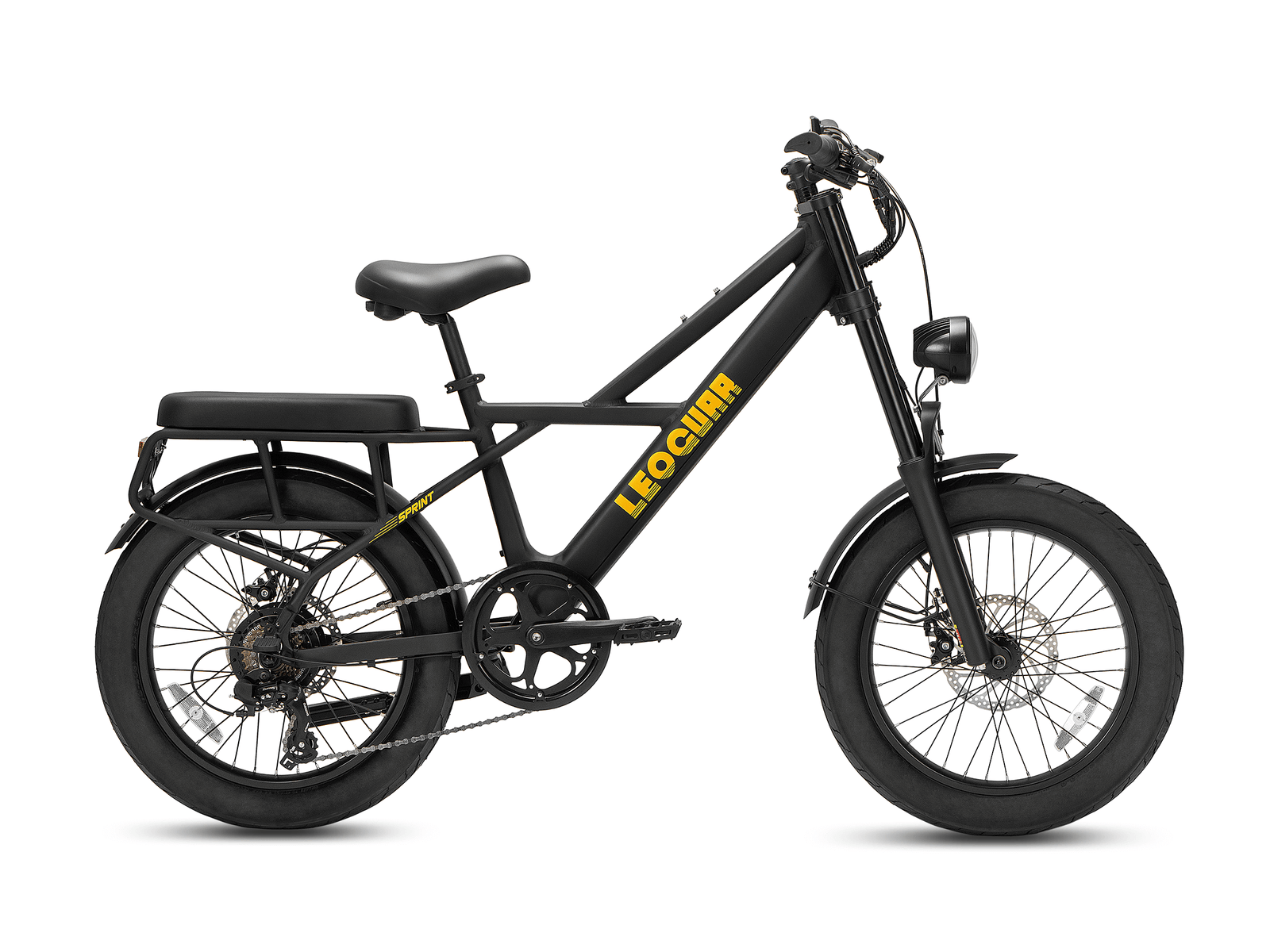
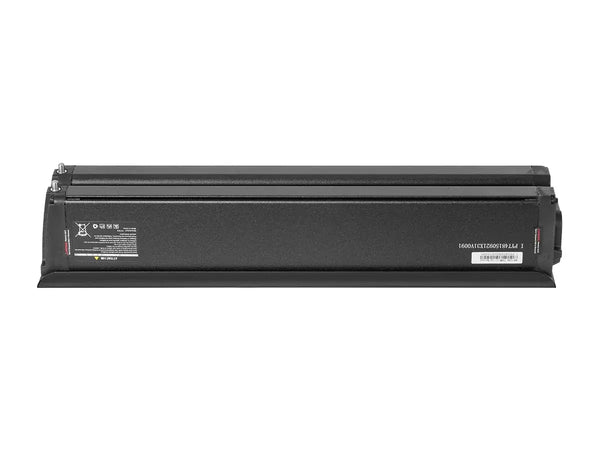
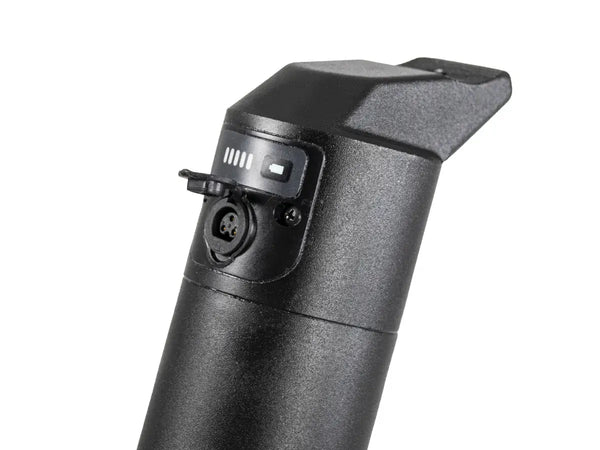
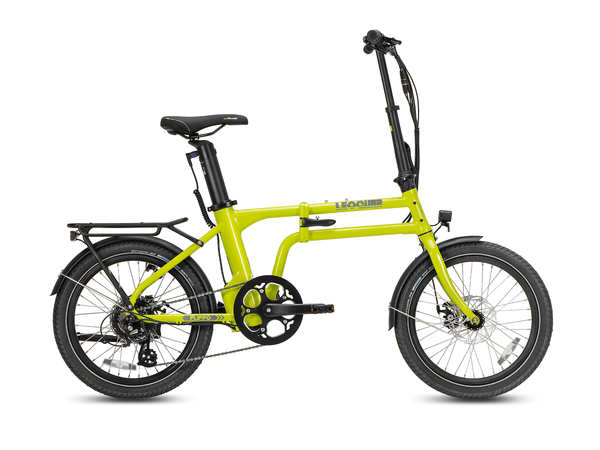








Leave a comment